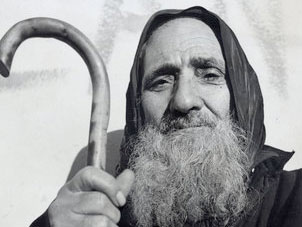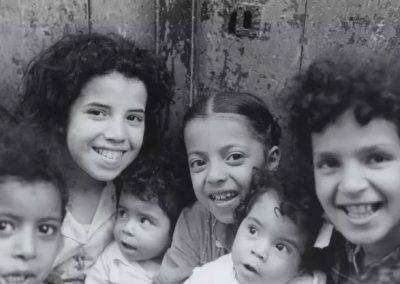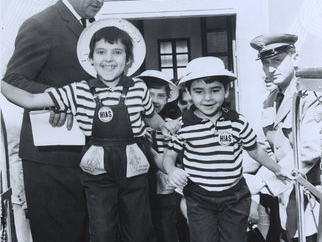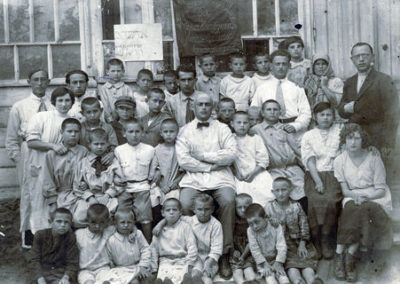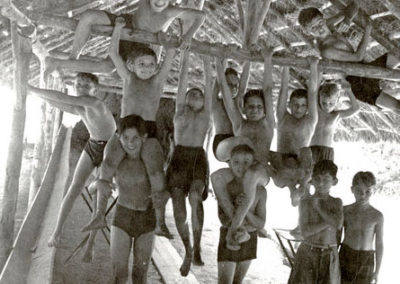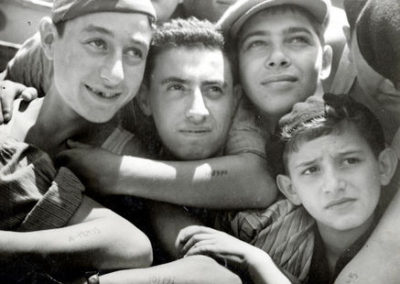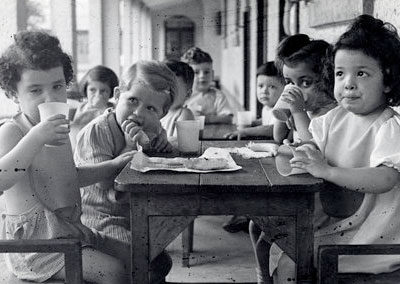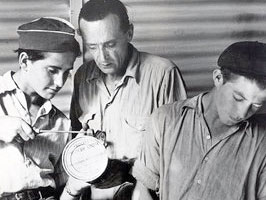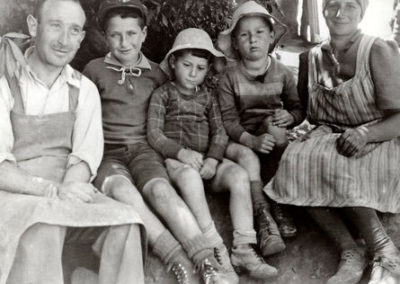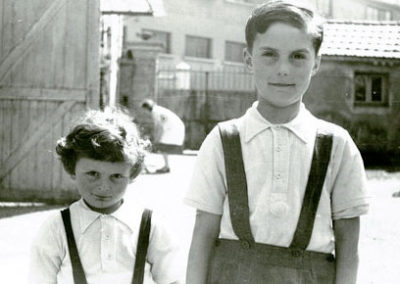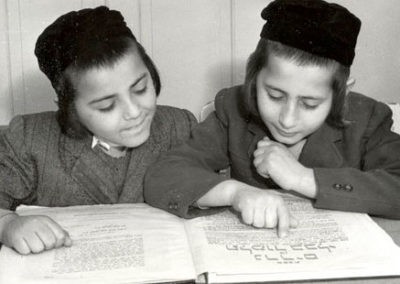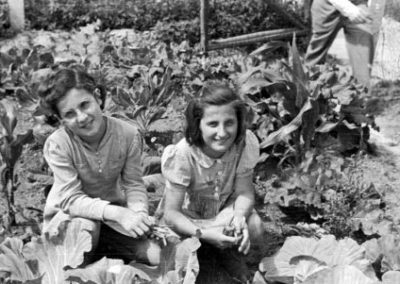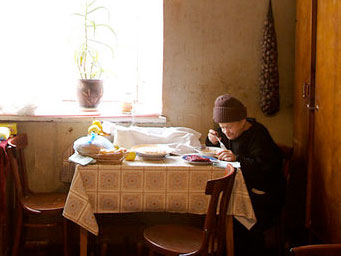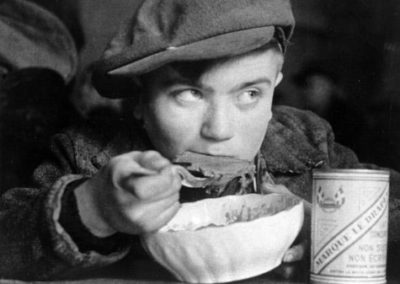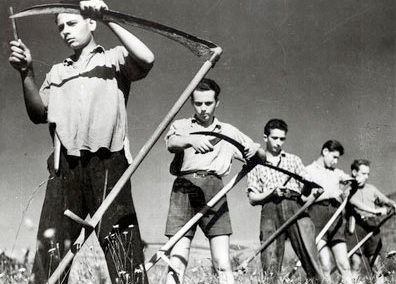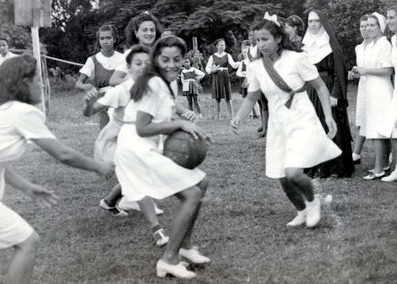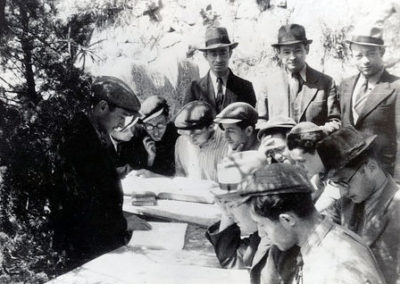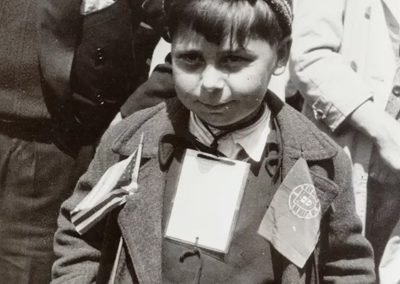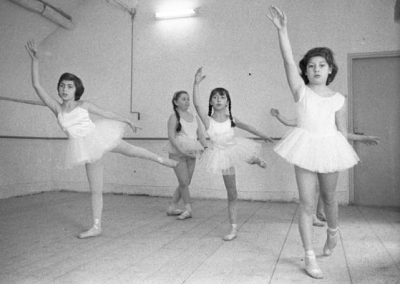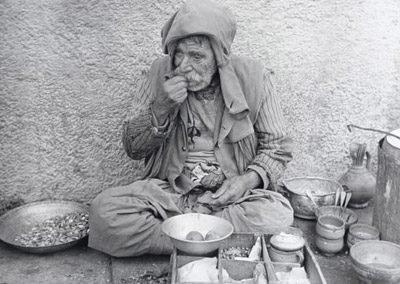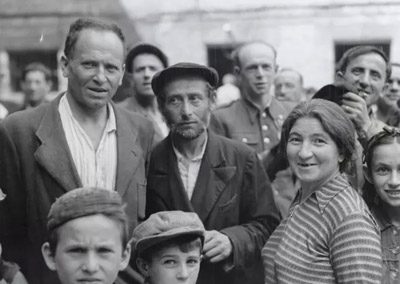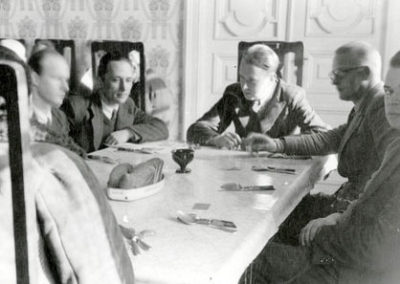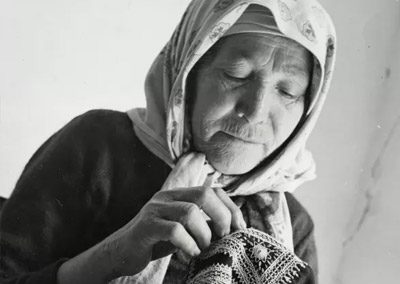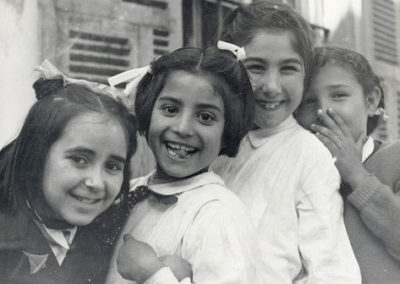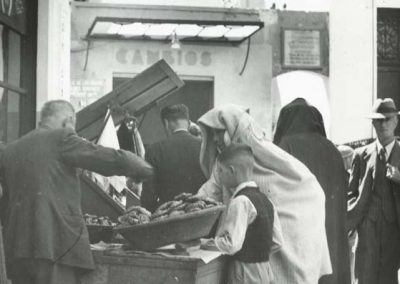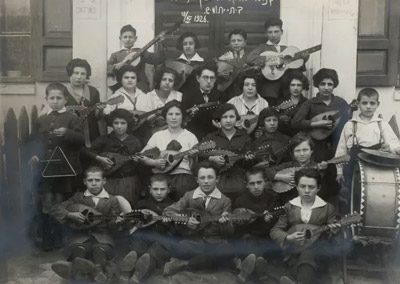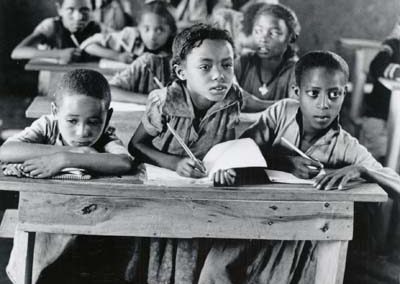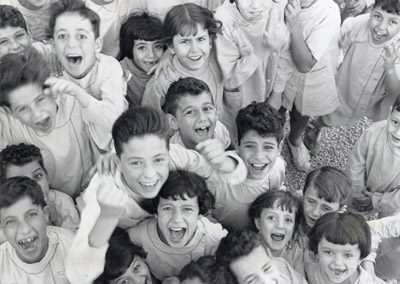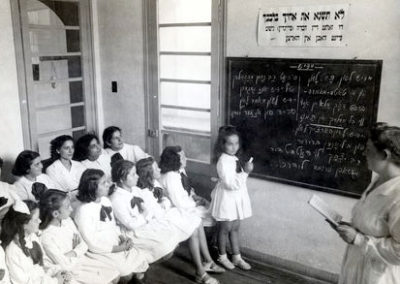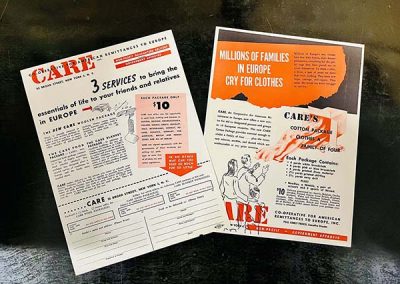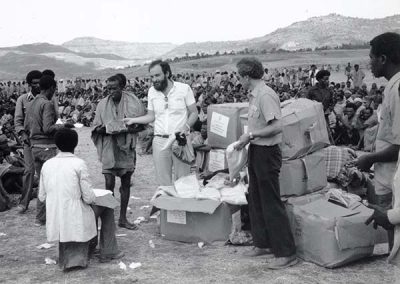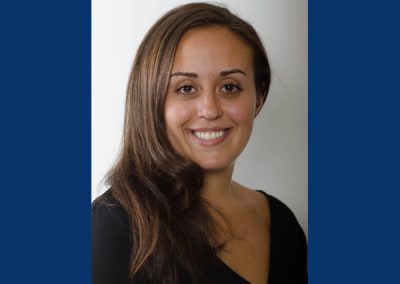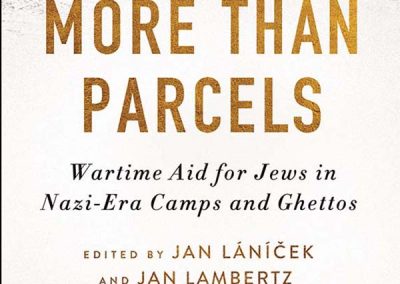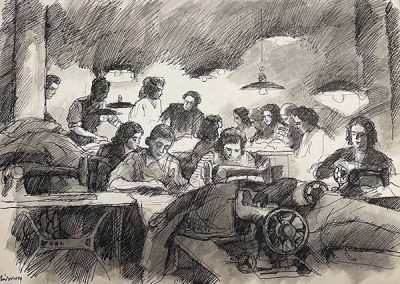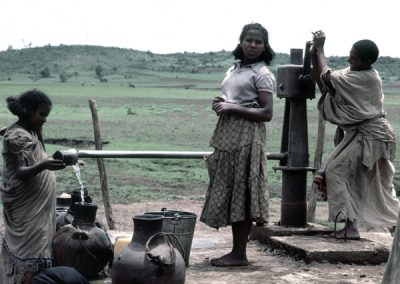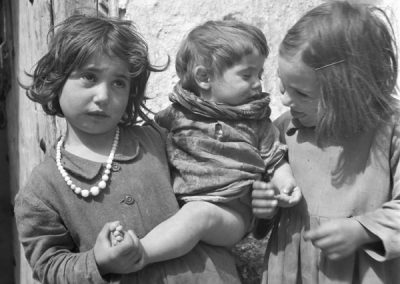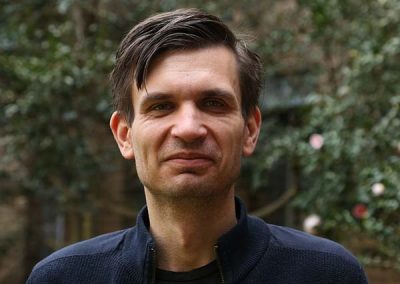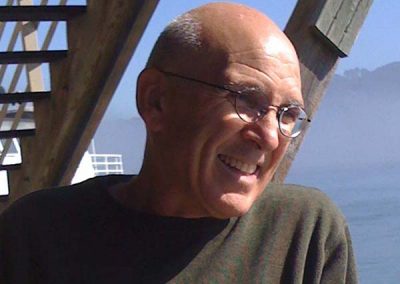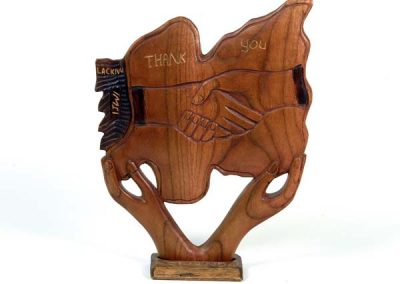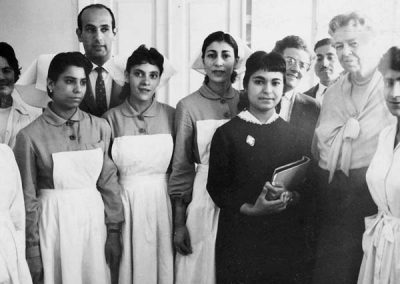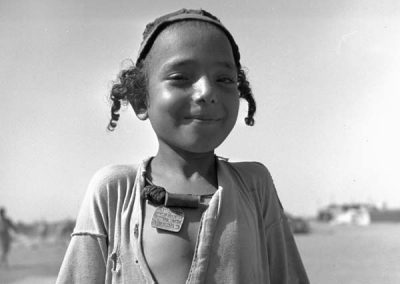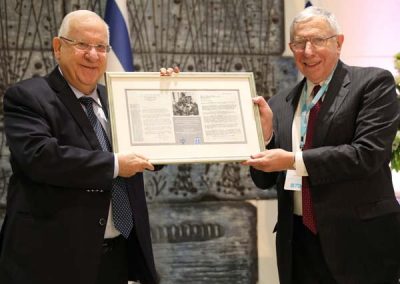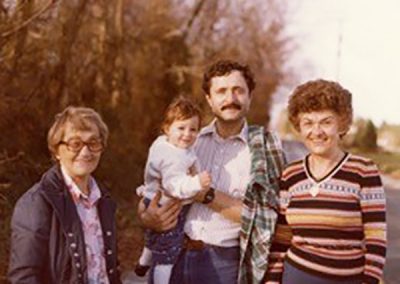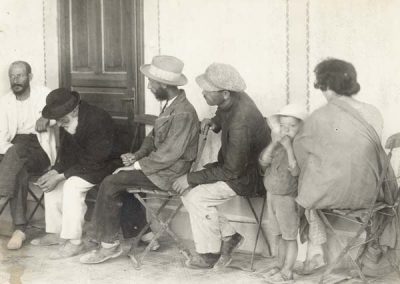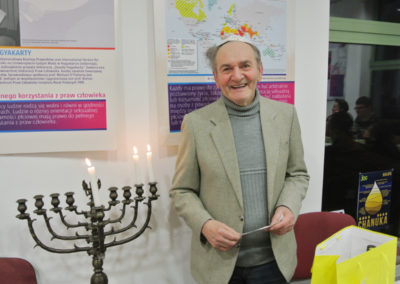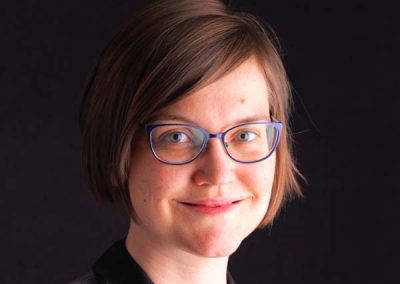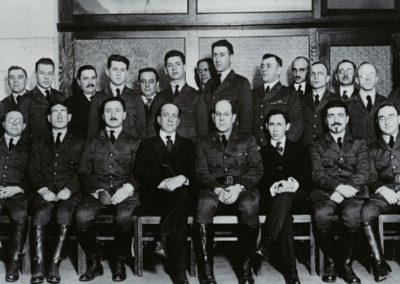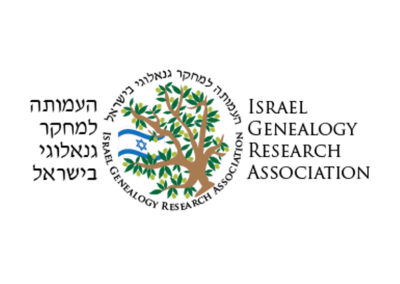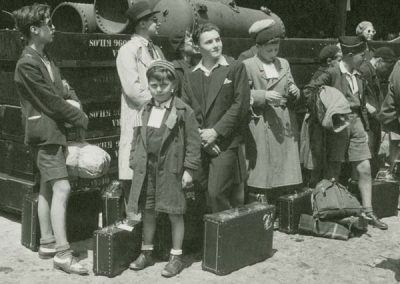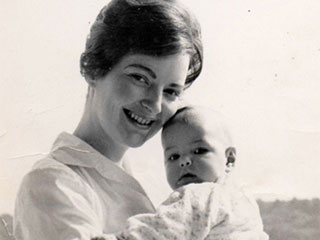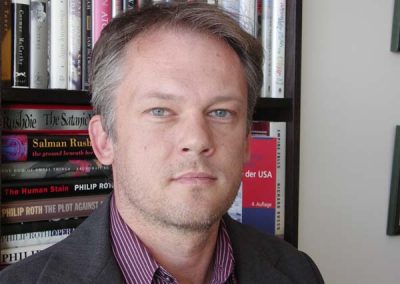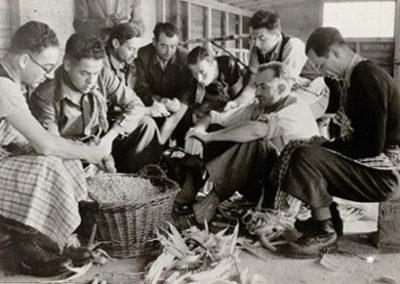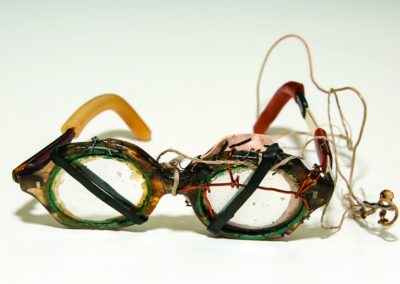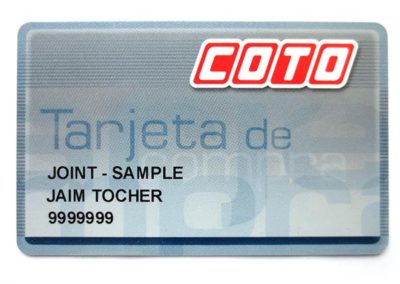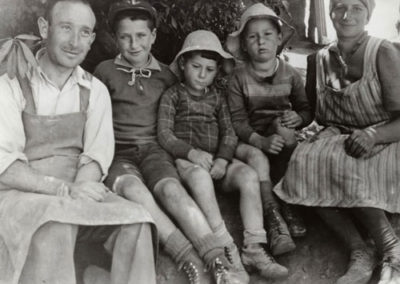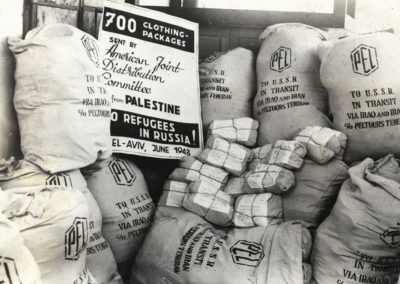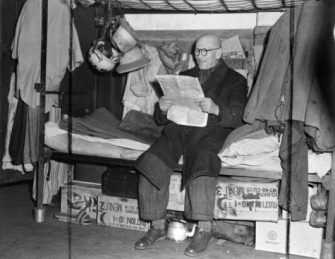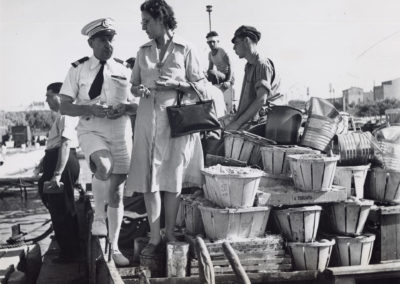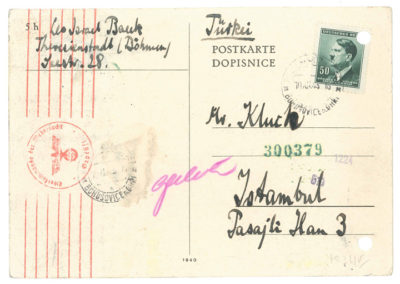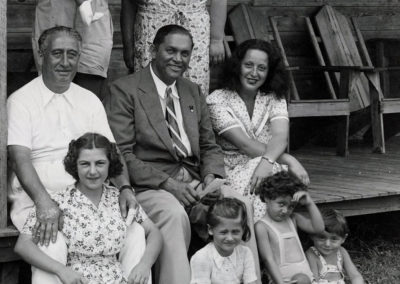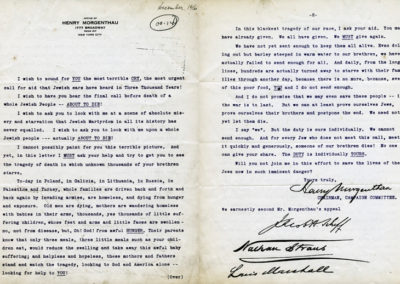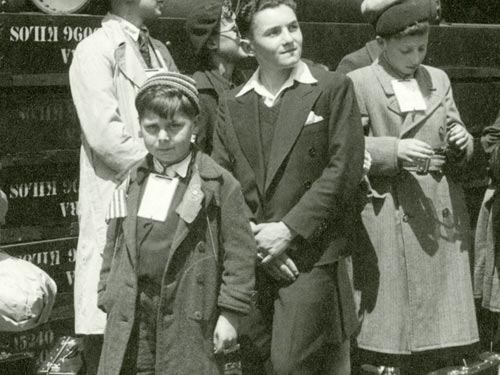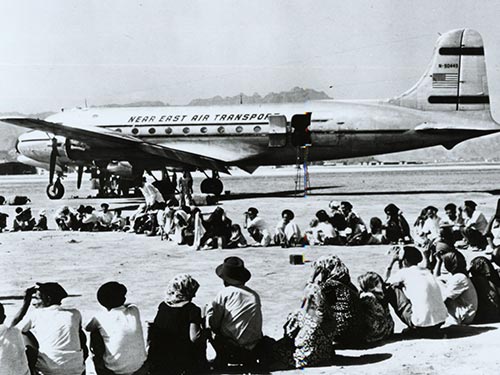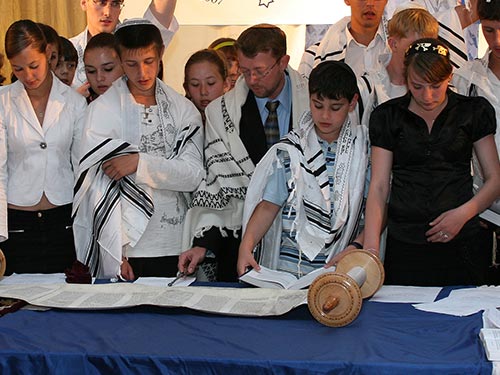Relief and Social Welfare
Children outside a public soup kitchen.
Rovno, Poland (now Rivne, Ukr.), c.1921-1923. Photograph: Max J. Colton.
Since its founding in 1914, JDC has been a lifeline for Jewish communities in need. Through war, pogroms, famine, economic crisis, and political instability, JDC has found ways to reach Jews in need. It has provided emergency assistance at moments of crisis and has partnered with local Jewish communities to establish and support social welfare programs and institutions. It has mobilized to assist Jewish refugees. JDC established homes for the aged around the world and has helped local communities upgrade their institutions in keeping with modern standards. Health programs have brought succor to the sick, and services for the elderly bring sweetness and security to the lives of the elderly.
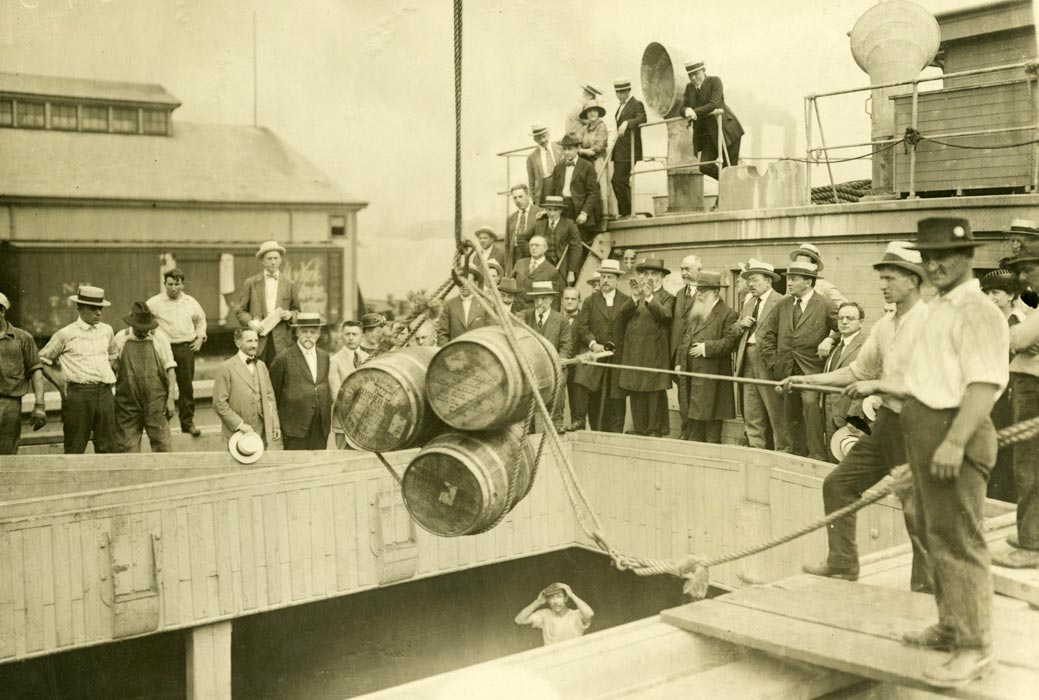
First shipment of kosher meat sent to Danzig, Poland, aboard the SS Ashburn
In 1919, when hundreds of thousands of Jews were trapped between the warring forces of Poland and Russia, JDC shipped desperately needed food to the refugees.
New York, June 1919. Agency: Underwood and Underwood.
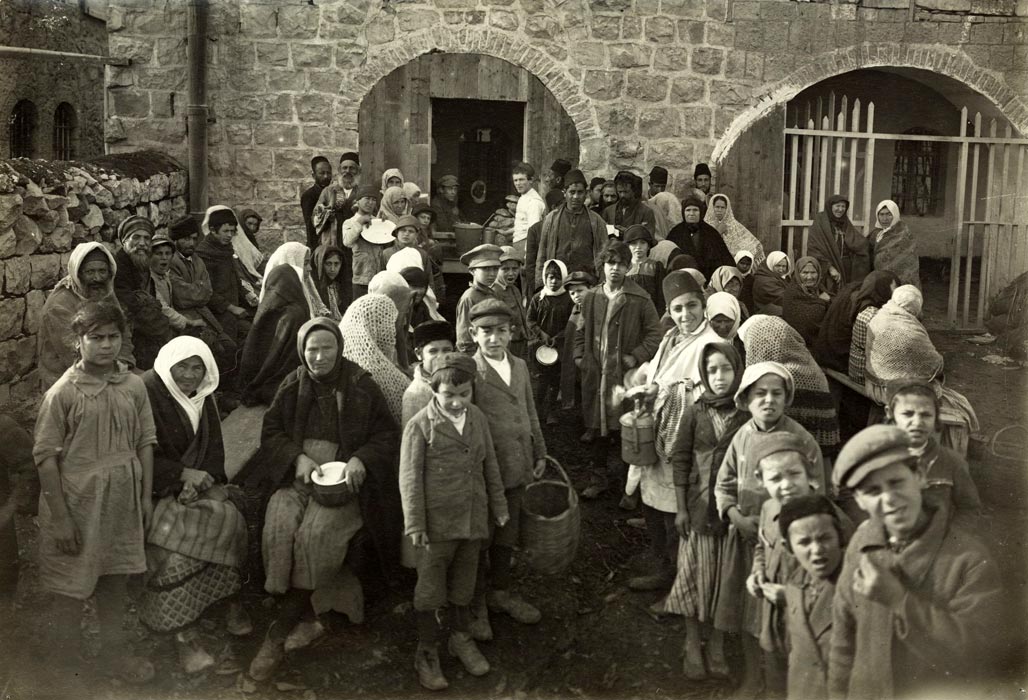
Poor people, many of them children, waiting for food at the Dreyfus soup kitchen
JDC supported and ran this canteen, which served about 900 meals per day.
Jerusalem, Palestine, 1921.
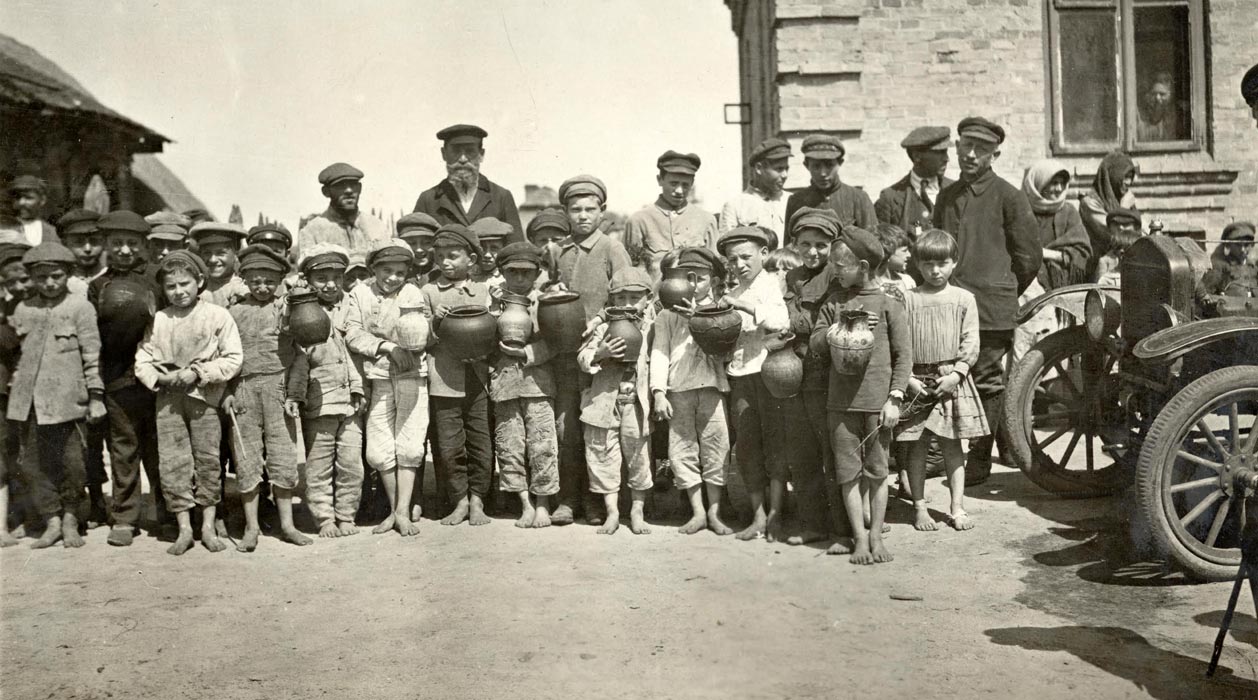
Children outside a public soup kitchen
Even after the end of World War I, Jews faced hardships from war, famine, disease, and pogroms. JDC worked with local and regional groups to help provide food, clothing, medical care, and education to the needy.
Rovno, Poland (now Rivne, Ukr.), c.1921-1923. Photograph: Max J. Colton.
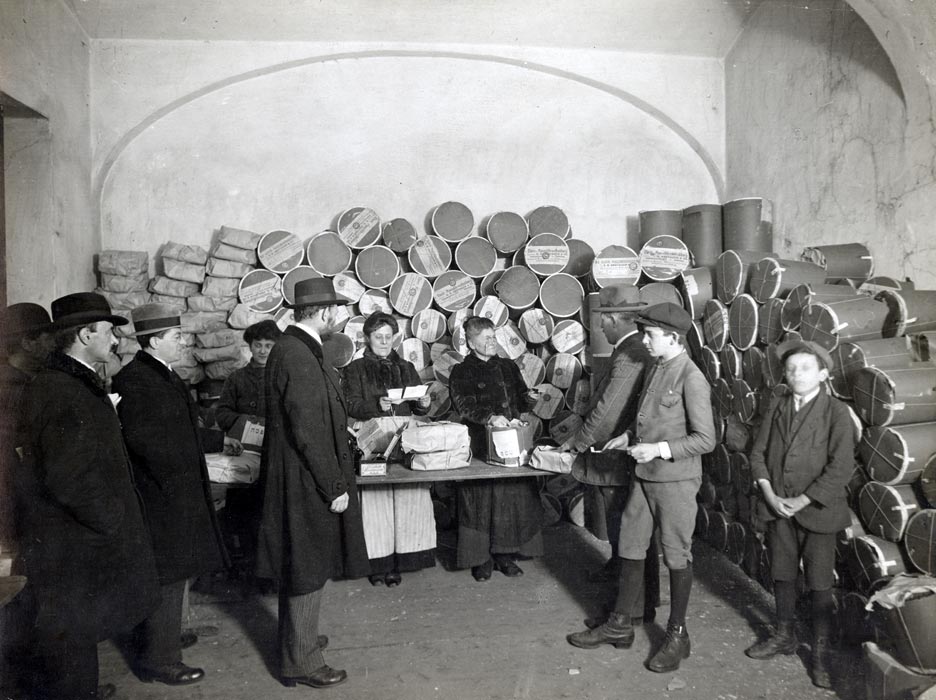
People waiting in line to receive matzah
Distribution of Passover food for the needy continues to be a JDC tradition into the twenty-first century.
Vienna, Austria, c.1920s. Agency: IISA Werkstatte.
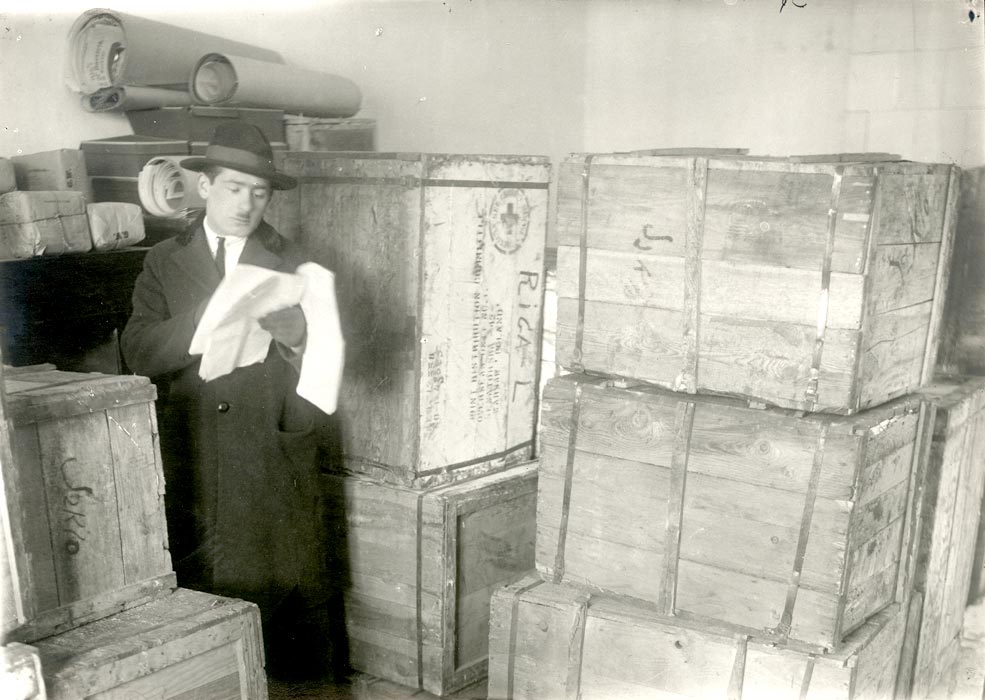
A staff member checks the inventory of a shipment of medical supplies that has arrived at the offices of the Jewish National Council of Lithuania
In the interwar period, JDC initiated and supported efforts to improve health and sanitary conditions in Eastern Europe.
Vilna (Vilnius), Lithuania, c.1920s.
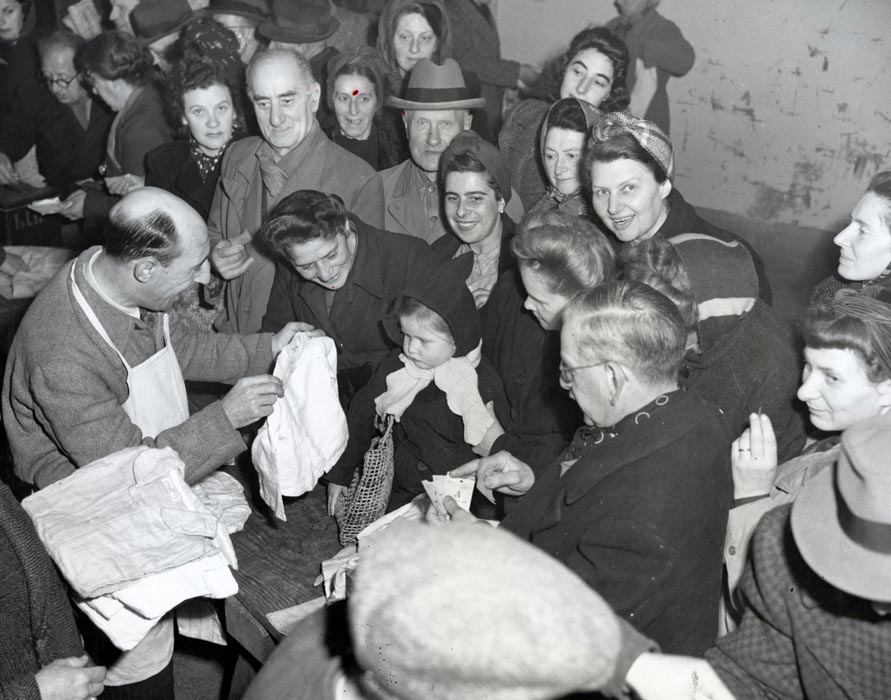
New clothing being distributed by JDC to Jewish refugees living in the Hongkew ghetto
During World War II, JDC provided aid to 7,500 refugees, medical care to an additional 12,000, and special assistance to 1,000 children.
Shanghai, China, 1940s.
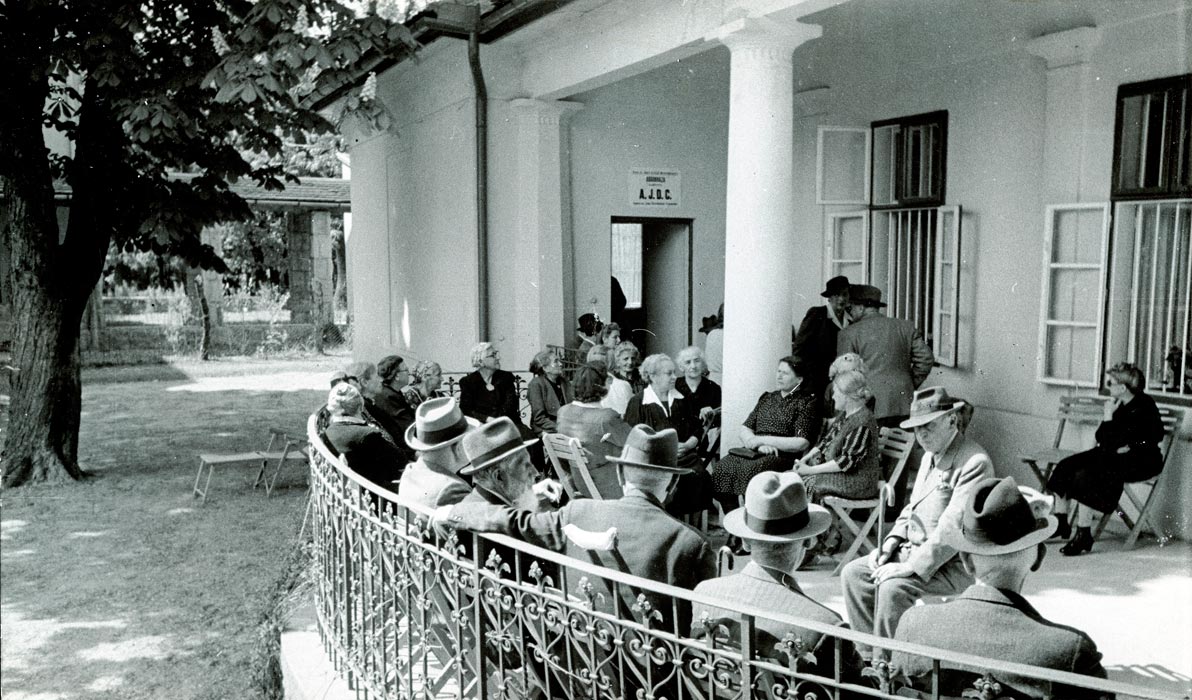
Men and women sit on the patio of a home for the elderly
In post-World War II Europe, JDC created and supported homes for the elderly in numerous countries; it continues to support such facilities around the world.
Budapest, Hungary, 1947. Photograph: P. Jonas, Budapest, Hungary.
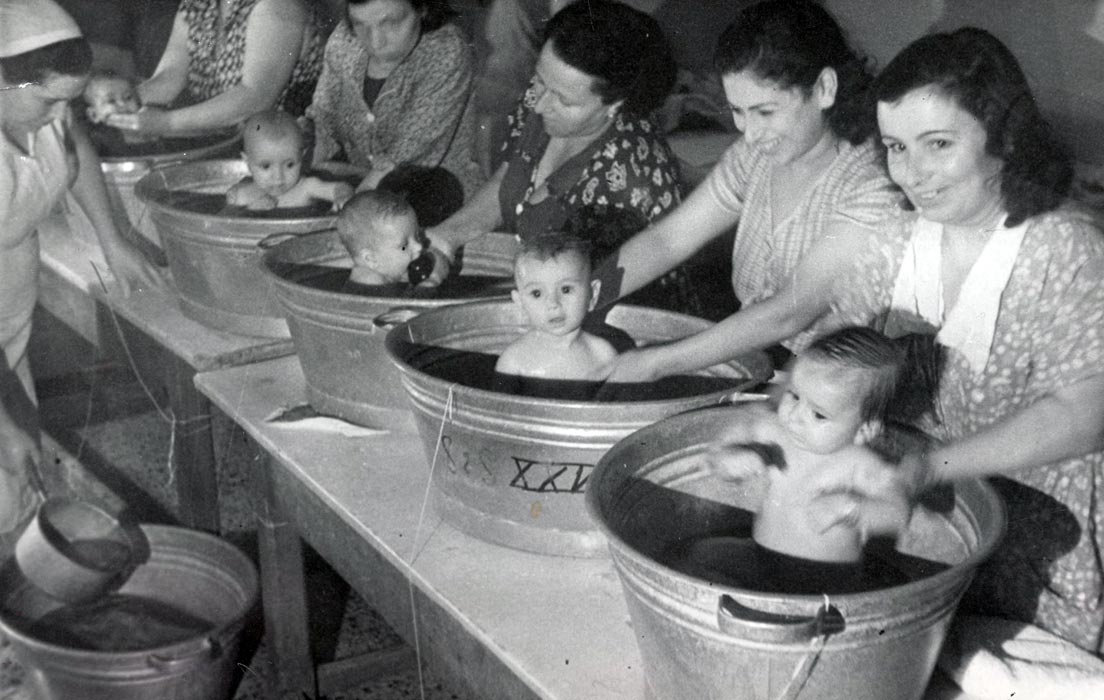
Through Operation Baby Wash, mothers bring their babies to the OSE health center in Tunis for baths
In 1953, with JDC support, Operation Baby Wash introduced the practice of infant-bathing to poverty-stricken areas in North Africa, providing training for mothers, bathtubs, hot water, soap, towels, and other equipment.
Tunis, Tunisia, 1950s. Photograph: Paul Brami.
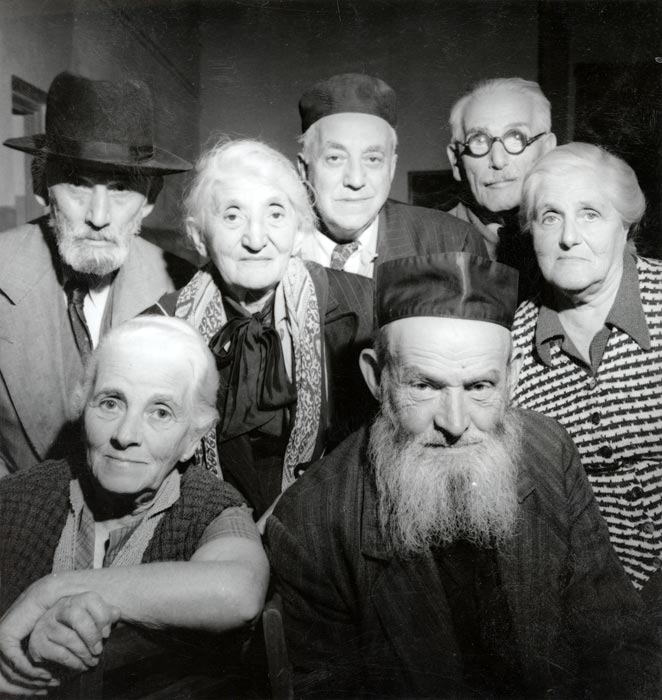
A group of residents at a Malben old age home
JDC created MALBEN (an acronym that stands for Organization for the Care of Handicapped Immigrants) at the request of the Israeli government. Through MALBEN, JDC provided specialized institutional care to the elderly, impoverished, chronically ill, and disabled persons. The program was transferred to the aegis of the Israeli government in 1975.
Pardessia, Israel, 1950s. Photograph: Frred Csasznik.
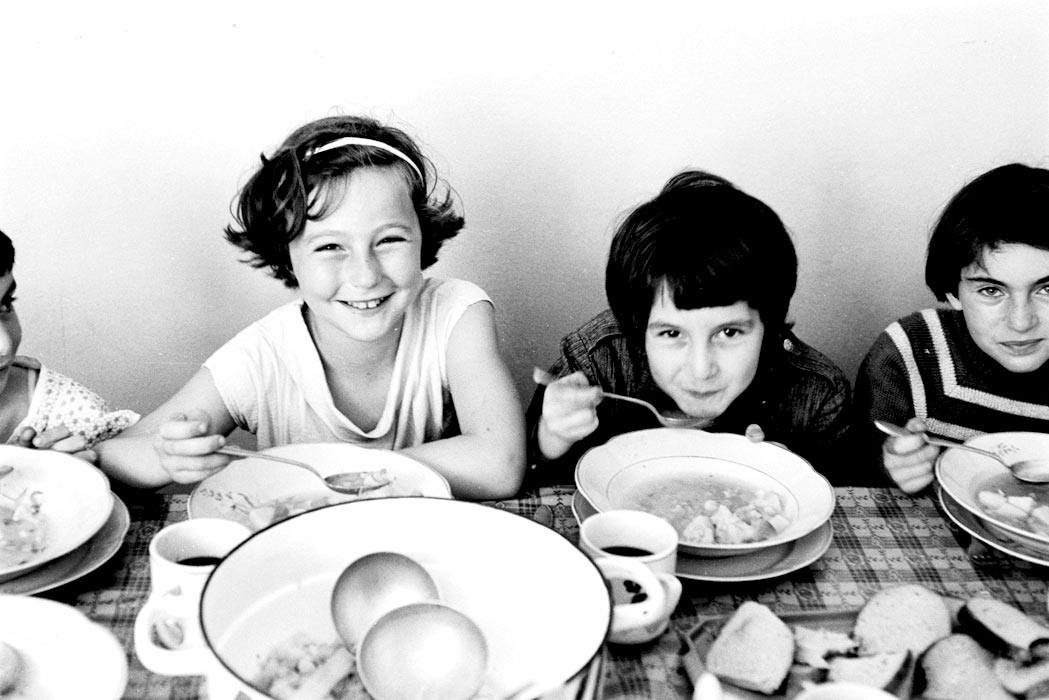
Two young girls from Warsaw having a meal at a JDC-supported summer camp
JDC began supporting summer camp programs for needy children and orphans as early as the 1920s.
Poland, 1960s.
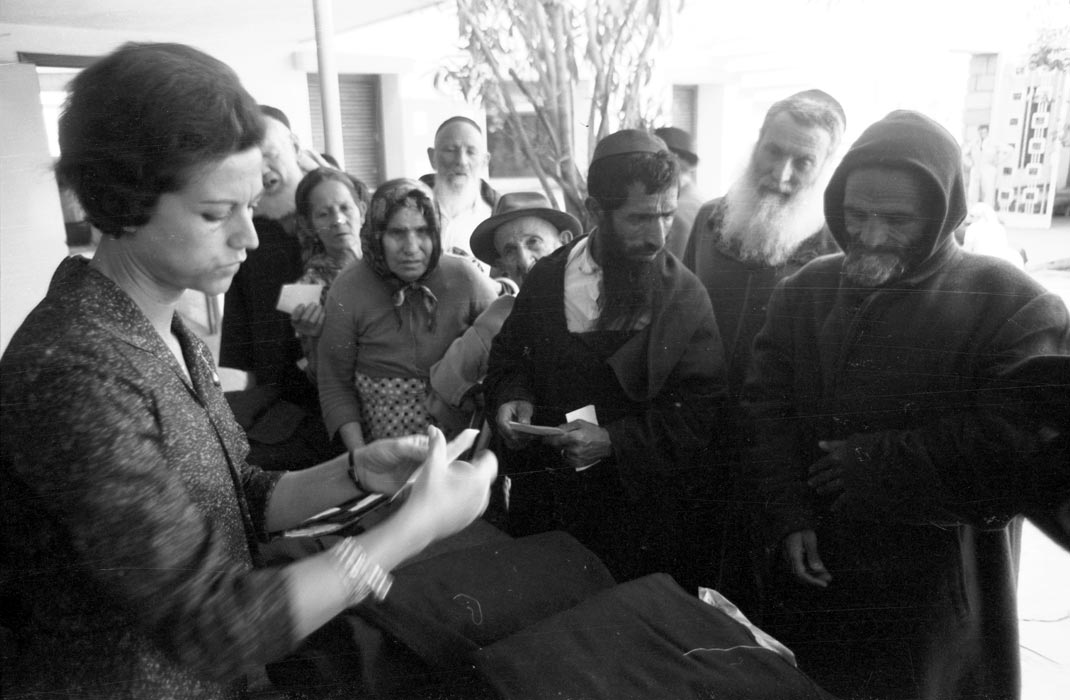
Clients line up at the Jewish community for their welfare stipends
JDC partners with local Jewish communities to assist in the care of the sick and the needy.
Morocco, 1964. Photograph: Jean Mohr, Geneva.
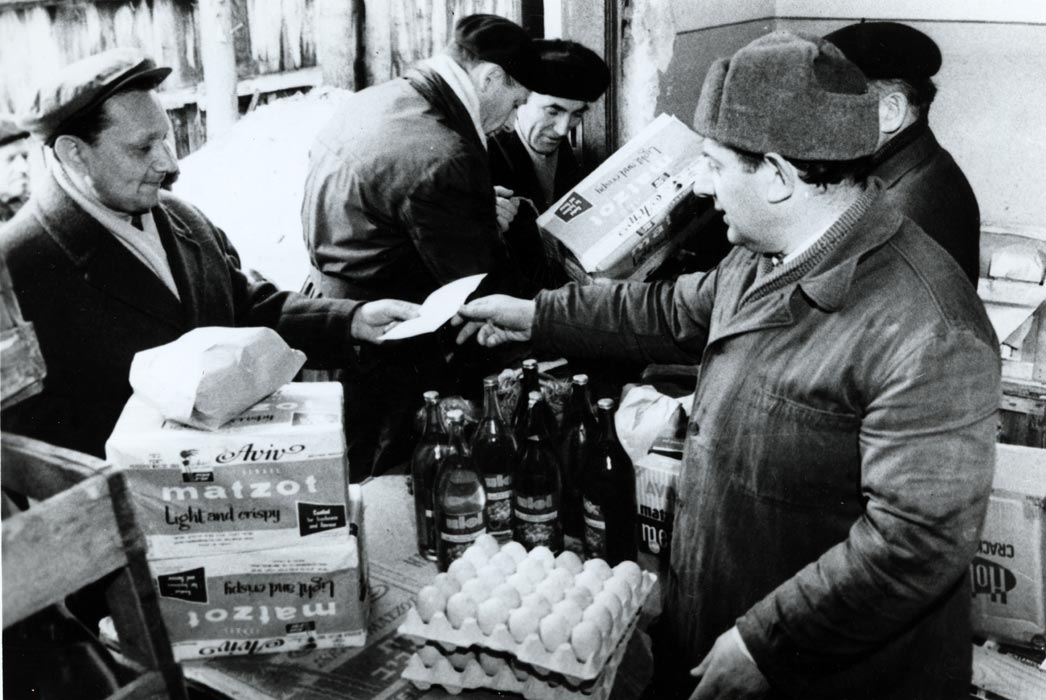
Passover food distribution
Distribution of Passover food to the needy continues to be a JDC tradition into the twenty-first century.
Bucharest, Romania, c.1969-1970.
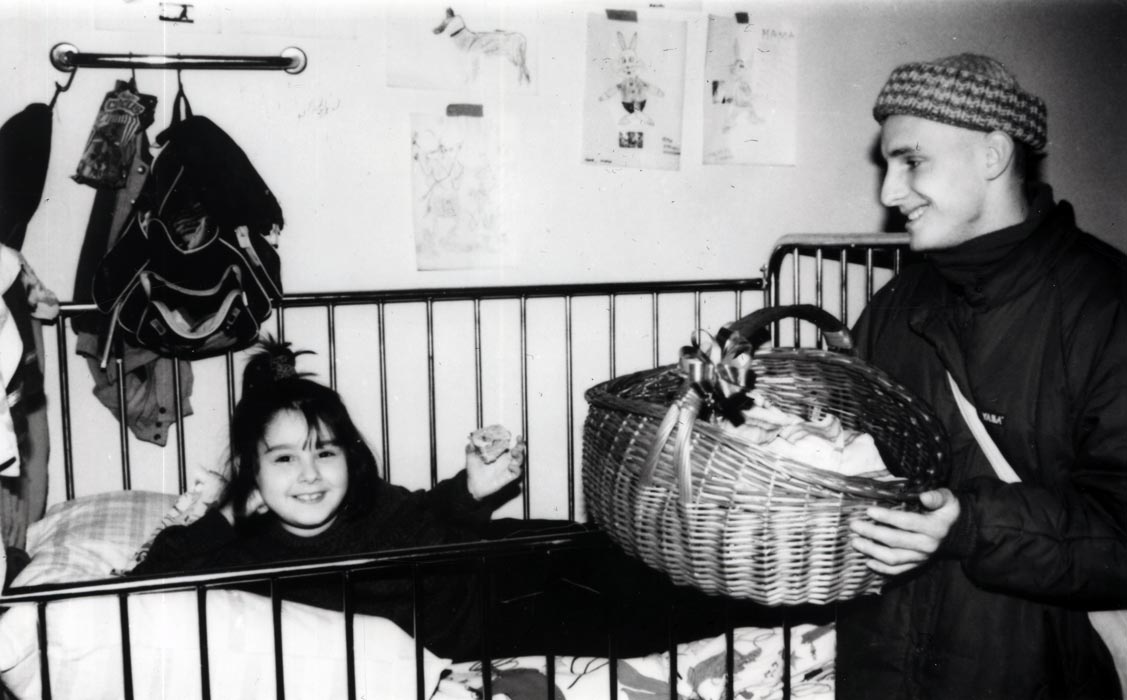
A child receiving a toy, part of a donation from the Boston chapter of the American Jewish Congress and the Greenhills School in Anne Arbor, Michigan, distributed by JDC
With the break-up of Yugoslavia and the ensuing war, JDC came to the aid of the Jewish community of Sarajevo to assist those trapped in the war-torn city.
Sarajevo, Yugoslavia (now Bosnia and Herzegovina), c.1991.
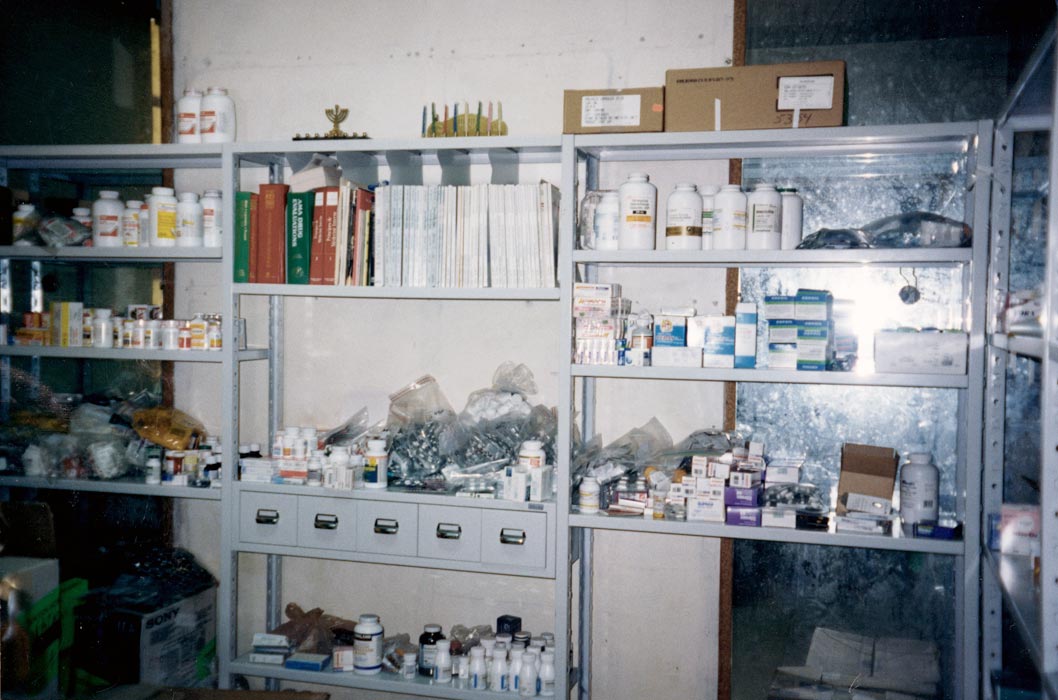
The Jewish community pharmacy
A change in Cuban law in 1991 enabled JDC to reenter the country, where it helped provide humanitarian assistance in the form of food, medicines, and medical consultations and facilitated the resurgence of the Jewish community.
Havana, Cuba, 1990s.
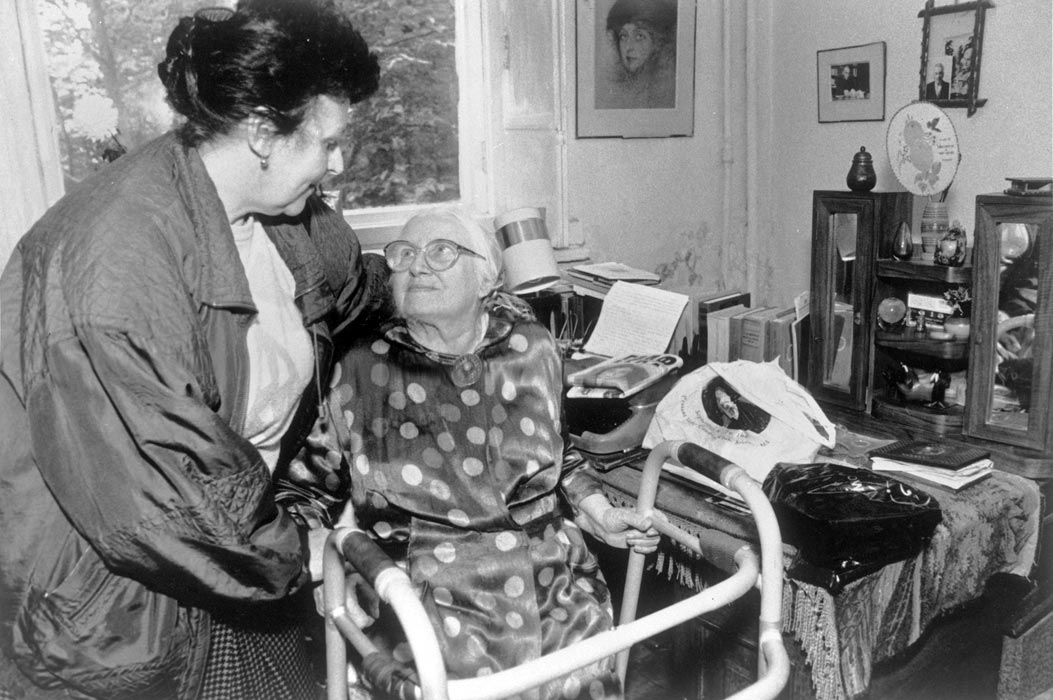
An elderly Jewish resident of Kiev with her caregiver
JDC has provided vital assistance to the needy elderly and Holocaust survivors throughout the former Soviet Union.
Kiev, Ukraine, 1996.
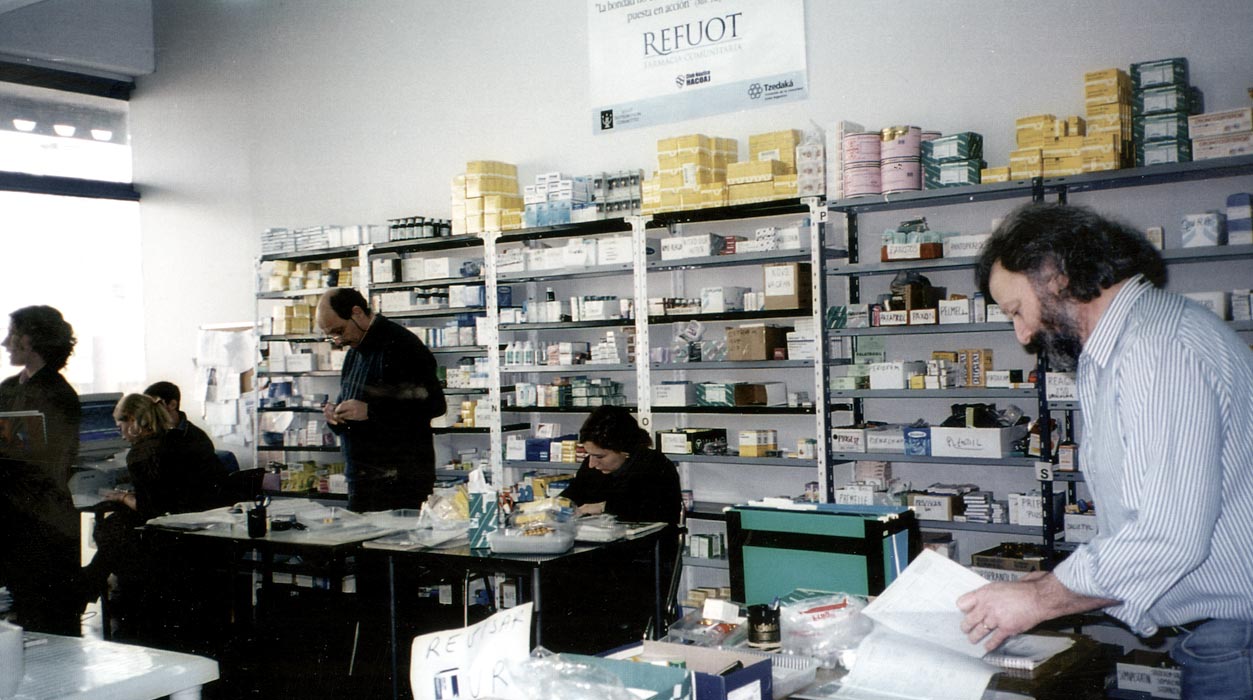
Volunteers at the Central Community Pharmacy
The 2001 economic meltdown in Argentina left more than one-third of the Jewish population below the poverty line. JDC worked with local organizations to provide essential relief, including food, medicines, and utility and rent subsidies to more than 36,000 beneficiaries.
Buenos Aires, Argentina, 2002. Photograph: Danielle Cohen.
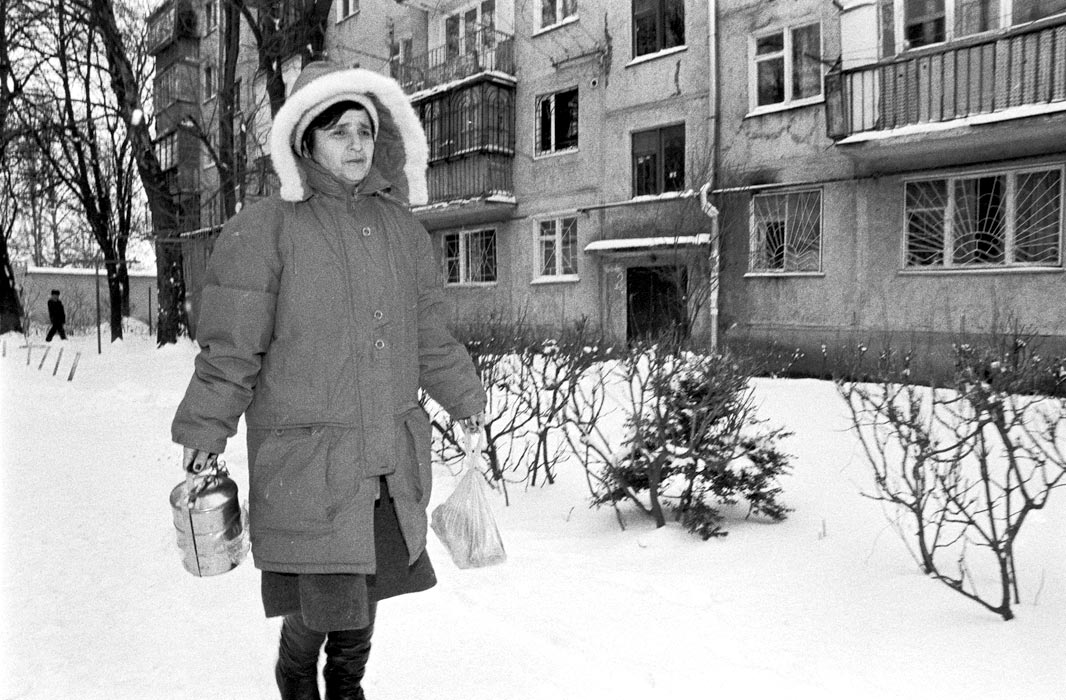
A woman carrying food from the meals on wheels program at the Hesed center
JDC’s network of Heseds (welfare centers) provides assistance in the form of food packages, hot meals, meals on wheels, home care, and social and cultural activities throughout the former Soviet Union.
Chisinau (Kishinev), Moldova, 2003. Photograph: Yuri Kazakov.
Exhibit
Everything Possible:
JDC and the Children of the DP Camps
Featuring historic photographs from the JDC Archives, focuses on JDC’s significant efforts on behalf of children in the displaced persons camps established by the Allied Armed Forces after World War II. JDC was permitted to enter the camps to supplement minimal provisions with critical nutritional, medical, educational, and religious services for survivors.
